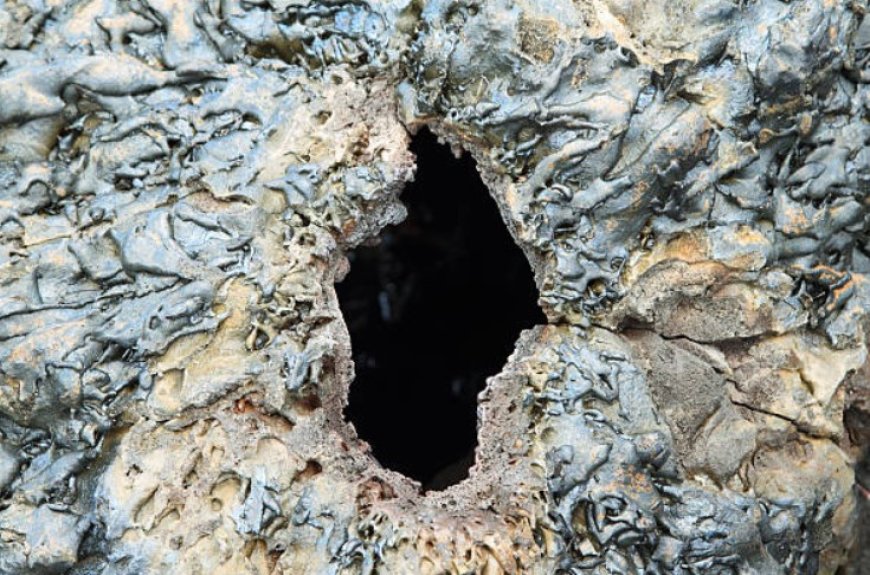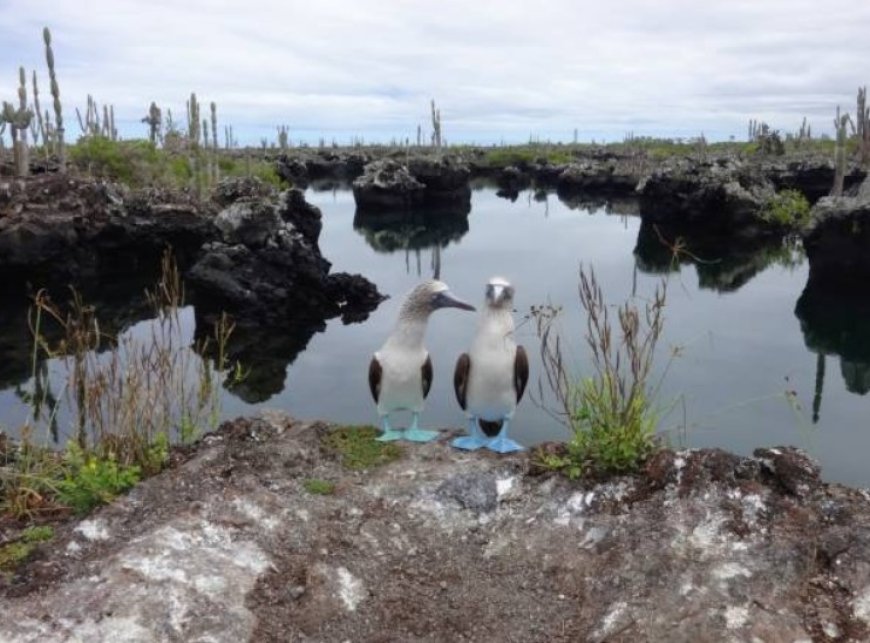The Galapagos Islands: A natural wonderland
Discover the unique flora and fauna of this UNESCO World Heritage Site.

The Galapagos Islands: An exceptional and captivating location

Located 906 kilometers (563 miles) west of continental Ecuador in the Pacific Ocean, the volcanic island archipelago known as the Galapagos Islands is recognized as a UNESCO World Heritage Site. 42 islets, rocks, and thirteen larger islands were formed by volcanic eruptions between three and five million years ago. There are also six smaller islands.
Numerous plant and animal species that are native to the islands are well-known for their diversity. Darwin's finches, giant tortoises, marine iguanas, and numerous more unusual species can be found in the Galapagos Islands.
**Activities and Sights to See in the Galapagos Islands**
The Galapagos Islands provide a wide variety of sights and activities. Here are some recommendations:
Take a look at the Charles Darwin Research Station: The study and preservation of the distinctive flora and fauna of the Galapagos Islands is the focus of this research station. Learn about the natural history of the islands and get up close and personal with some of the animals.

Take a boat excursion: The Galapagos Islands offer a wide variety of boat cruises. Tours that concentrate on diving, snorkeling, or wildlife observation are available to visitors.

Go to the islands of Santa Cruz and Isabela: The most visited tourist spots in the Galapagos Islands are these two islands. The Charles Darwin Research Station and several other attractions are located in Santa Cruz, whereas Isabela is home to the world's largest population of giant tortoises.

Ascent to the summit of Sierra Negra: Situated on Isabela Island, this volcano provides breathtaking views of the island and the surrounding sea.

Check out the lava tunnels: On the Galapagos Islands, there are several lava tunnels that tourists can explore. The tunnels provide a unique viewpoint on the geological history of the islands and were created by volcanic eruptions.

Discover the culture of the Galapagos Islands: Ecuador and Spain both had a strong cultural effect on the Galapagos Islands. Through conversations with natives, museum visits, and festival attendance, visitors can gain insight into the culture of the islands.

Observations for traveling to the Galapagos Islands are as follows:
Make travel plans in advance: Since the Galapagos Islands are a well-liked tourist destination, it's crucial to make travel reservations in advance, particularly if you'll be visiting during the busiest time of year.
Obtain a visa: To enter Ecuador, citizens of the majority of nations require a visa. Online or in person at an Ecuadorian embassy or consulate, visitors can apply for a visa.
Lightly pack: It's crucial to pack light because you'll be walking and hiking a lot when visiting the Galapagos Islands.
Remember to pack a hat, sunscreen, and insect repellent: On the Galapagos Islands, the sun is particularly strong, thus it's critical to shield yourself from its dangerous rays.
Show consideration for the surroundings: Due to the fragile ecosystem of the Galapagos Islands, environmental sensitivity is crucial. Refrain from touching wildlife, leave no trace, and stick to established trails.
The Galapagos Islands are a very special and alluring location. The Galapagos Islands have something to offer everyone with its rich culture, breathtaking scenery, and vast range of flora and fauna.










































































































































































































